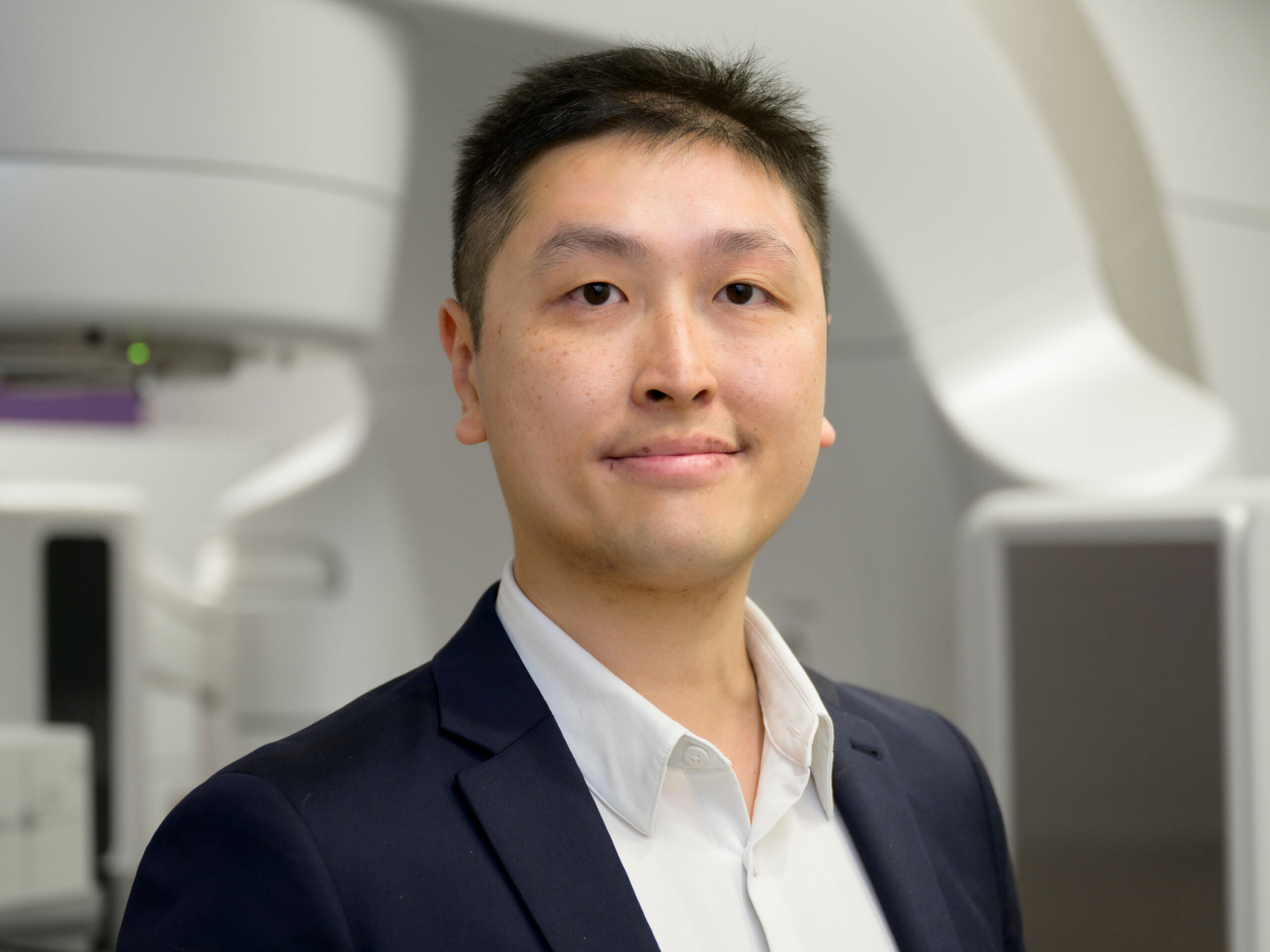Inside the realm of medicine, few specialties embody the intersection of precision, pressure, and purpose as profoundly as radiation oncology. This field is dedicated to the delivery of radiation therapy as a pivotal component of cancer patient treatment and management. The life of a radiation oncologist is characterized by a dynamic blend of technical acumen, empathetic patient care, and an ever-evolving understanding of cancer biology. Through a comprehensive exploration, we will delve into the multifaceted components of this profession, encompassing daily routines, the intricacies of treatment planning, and the indispensable role of interdisciplinary collaboration.
Initially, let us elucidate the daily life of a radiation oncologist. A typical day is often initiated with a rapid review of current treatment regimens and patient progress reports. While each patient’s clinical course is unique, the oncologist must remain adept at recalibrating treatment protocols based on evolving patient responses. Morning rounds, generally conducted in the company of multidisciplinary teams, allow for comprehensive discussions regarding patient care. These rounds reinforce the collaborative nature of oncology, as input from radiologists, medical oncologists, and surgical teams is invaluable.
As the day progresses, the radiation oncologist allocates time for patient consultations. These interactions facilitate the establishment of rapport and trust, which are fundamental to effective care. Engaging with patients involves not merely articulating clinical information but also addressing their emotional and psychological challenges. The oncologist must deftly navigate varying patient concerns, from treatment side effects to anxiety about prognosis. Ensuring that communication remains transparent and empathetic is essential to fostering a supportive environment.
Moreover, this specialty requires a deep understanding of the complexities of radiation therapy. Employing advanced technological modalities, radiation oncologists utilize high-energy particles or waves to eradicate malignant cells. The cornerstone of this therapy lies in meticulous treatment planning—a process that amalgamates diagnostic imaging, dosimetry, and simulations. Advanced imaging techniques, such as MRI and PET scans, are pivotal in delineating the tumor’s spatial relationship with surrounding normal tissues. This precision allows for the optimization of radiation dosage while minimizing collateral damage.
From a technical perspective, the formulation of a radiation treatment plan necessitates an intimate knowledge of radiobiology. Understanding the cellular response to radiation, including the concepts of lethal and sub-lethal damage, equips the oncologist to tailor doses that maximize tumor control while mitigating adverse effects. Radiobiologists contribute substantively to this aspect, providing insights into mechanisms of tumor resistance and approaches to overcome them.
As the treatment regimen is finalized, the oncologist must also remain abreast of novel therapeutic strategies. The realm of radiation oncology is dynamic, characterized by ongoing research and clinical trials seeking to innovate and improve outcomes. The incorporation of stereotactic body radiotherapy (SBRT) and intensity-modulated radiation therapy (IMRT) has revolutionized treatment paradigms, allowing for highly targeted approaches even in complex cases. Staying informed about these modalities enhances patient care and underscores the importance of continuous professional development.
Furthermore, the pressure inherent in this profession cannot be understated. The stakes—patient outcomes—are staggering. The gravity of decision-making processes weighs heavily as oncologists balance potential benefits against risks and side effects. As they make complex choices about treatment courses, they must do so with diplomacy and precision. Ensuring patients receive optimal care while addressing their individual needs remains paramount amidst this pressure.
In the context of patient care, follow-ups are critical. After treatment initiation, oncologists closely monitor patients for effects and efficacy, making adjustments as necessary. Quality of life considerations are integral; thus, patient feedback on treatment tolerance is indispensable. Addressing pain management, fatigue, and psychological distress becomes an additional dimension of the oncologist’s role. Navigating these issues necessitates a holistic approach that transcends mere clinical expertise.
Collaboration extends beyond the immediate oncology team; radiation oncologists often liaise with palliative care specialists. This interdisciplinary interaction ensures that patients maintain dignity and comfort throughout their cancer journey. The careful interplay of curative and palliative measures illustrates the necessity for a comprehensive care model in oncology. Furthermore, participation in tumor boards fosters collaborative synergy, promoting knowledge sharing and enhanced treatment protocols. Such meetings exemplify the spirit of teamwork that enhances patient care quality.
On a broader scale, the role of a radiation oncologist extends into advocacy and community engagement. Educational initiatives aimed at raising awareness about cancer prevention and screening underscore the oncologist’s commitment to public health. Serving as a resource, they contribute to demystifying the complexities of cancer treatment for both patients and the greater community. This commitment to outreach fortifies the relationship between oncology practices and the populations they serve, reinforcing the collective fight against cancer.
In conclusion, the life of a radiation oncologist transpires at the confluence of precision, pressure, and purpose. With each patient encounter, they reflect the quintessence of modern medicine: an intricate dance between advanced technology, empathetic care, and relentless pursuit of improved outcomes. As they navigate the labyrinth of treatment protocols and patient interactions, these professionals stand as stalwarts against one of humanity’s most daunting adversaries. In this evolving landscape, their dedication and expertise remain fundamental to the collective endeavor for cancer control and patient well-being.












